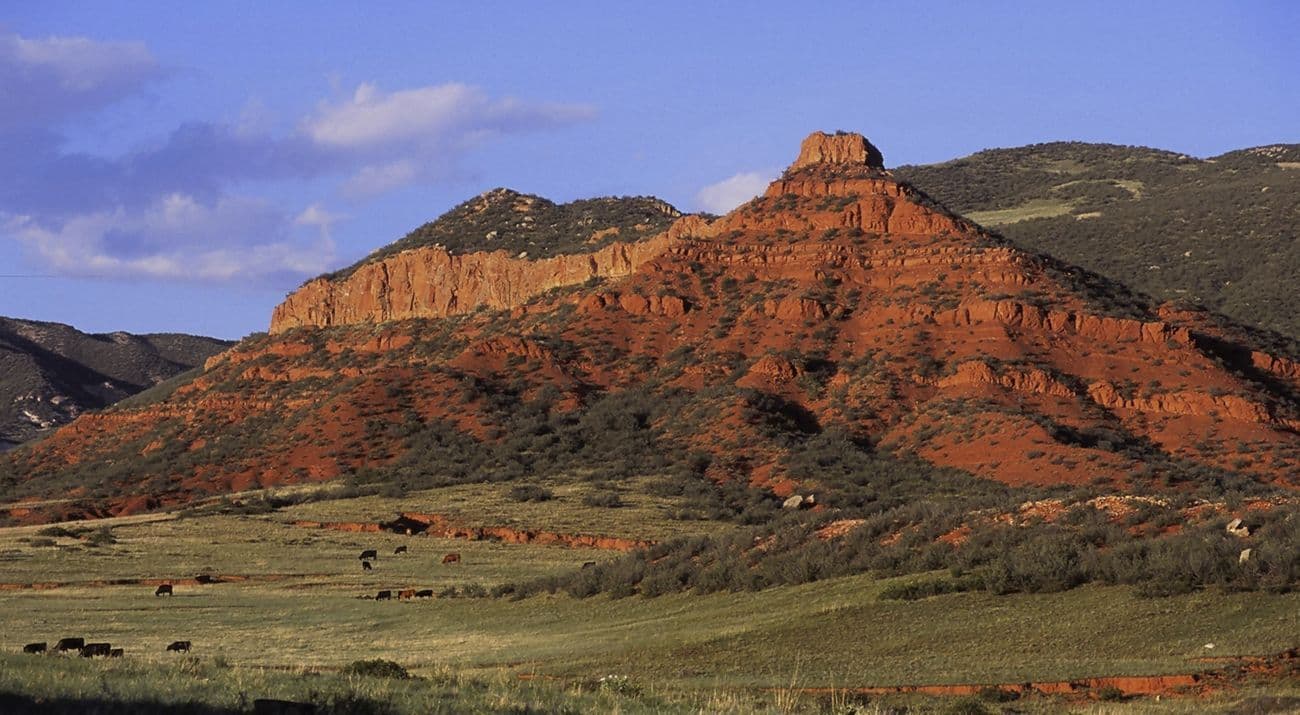
Op-Ed: America's Most Pristine Lands Are Privately Owned
by Derek Siegel
When people think about the most untouched, wild lands in America, national parks like Yellowstone or Yosemite often come to mind. But the surprising truth is that many of America’s most pristine and well-preserved lands are privately owned — maintained by families, ranchers, and conservation-minded stewards who have protected these places for generations.
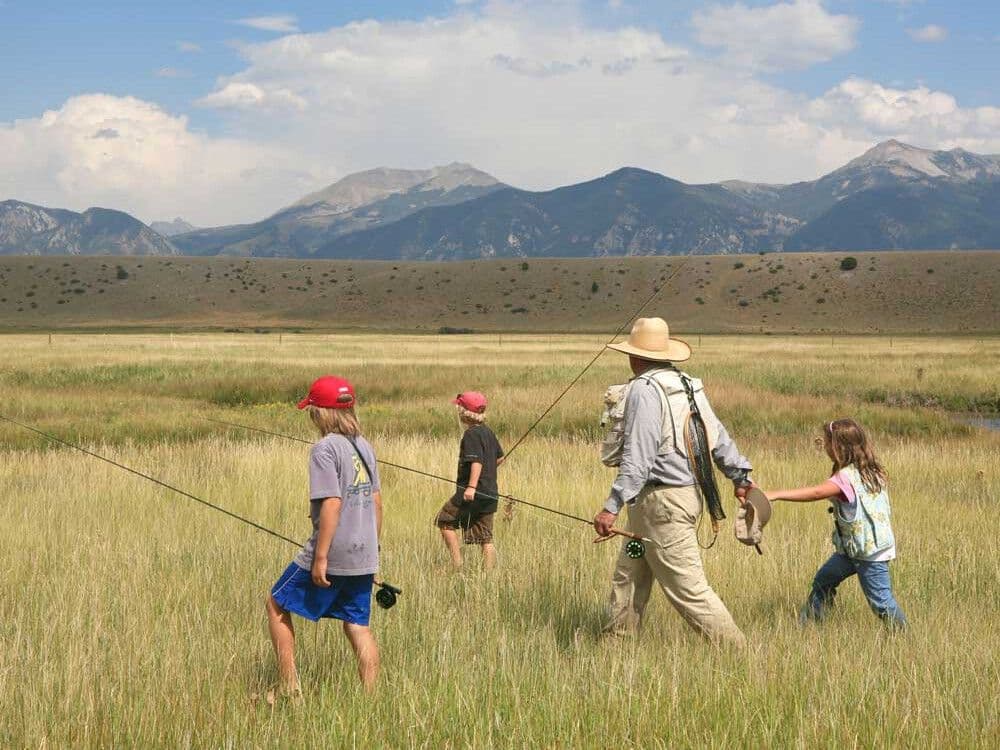
Generational Stewardship: Ranches and Private Forests
Across the American West, vast private ranches have been carefully maintained for decades, even centuries. These ranching families have a direct, personal relationship with their land. Healthy pastures and balanced ecosystems aren’t just an environmental ideal — they’re essential for sustaining their way of life.
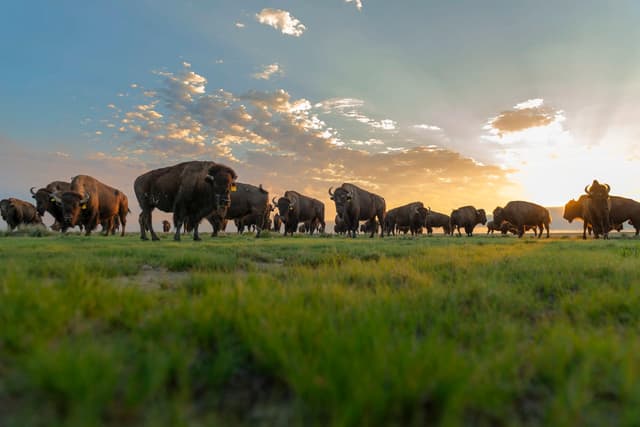
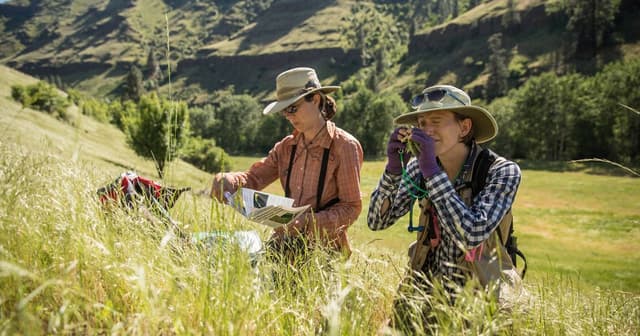
Similarly, privately owned forests — from small family woodlots to large timber holdings — are often managed using selective harvesting and sustainable forestry practices. Unlike some public lands that can suffer from mismanagement or political gridlock, private forest owners have strong incentives to keep ecosystems healthy and productive.
Private Conservation Organizations: Protecting Land Without Taxpayer Dollars
Organizations like The Nature Conservancy, Land Trust Alliance, and local land trusts play a crucial role in American land conservation. These groups quietly buy, manage, and protect millions of acres across the country — all without using taxpayer dollars.
Through private funding and voluntary conservation easements, these organizations help keep critical habitats intact. Landowners retain ownership and continue traditional uses like ranching or low-impact forestry, while permanently protecting the ecological value of the land.
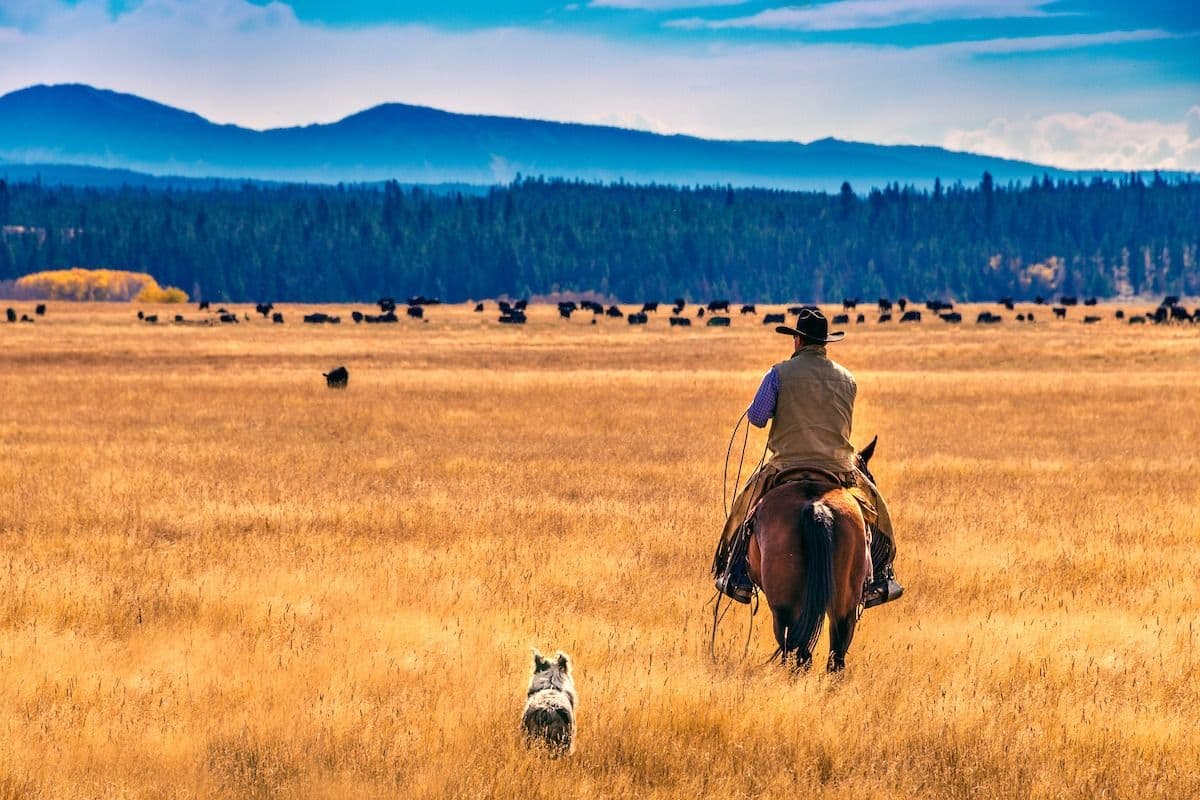
Advantages of Private Land Conservation
Private land conservation offers unparalleled flexibility and efficiency. Unlike large federal or state programs, private conservation efforts can quickly adapt to emerging challenges, such as invasive species, wildfires, or development pressures.
When a private rancher or conservation group identifies a threat, they can act immediately — without years of bureaucratic delays or political infighting.
Moreover, private stewardship embodies a core principle: people protect what they own and care about. This bottom-up approach demonstrates that effective conservation doesn’t always require government intervention or taxpayer funding.
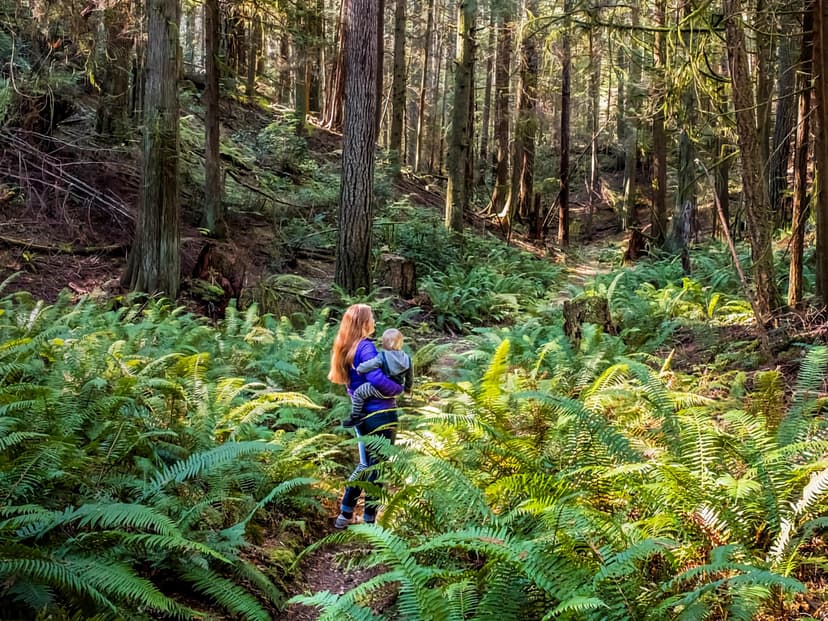
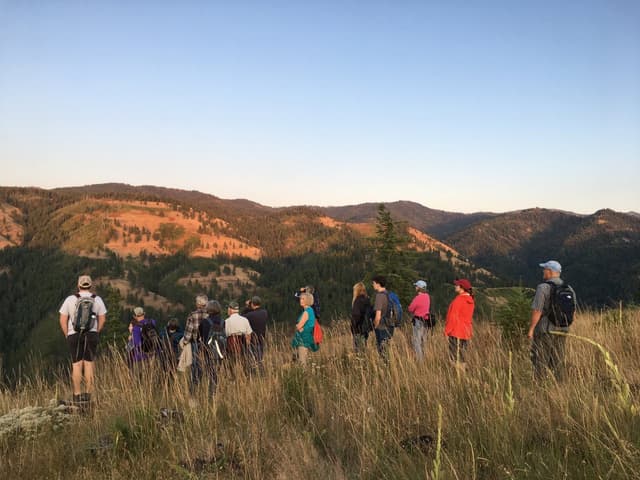
The Power of Voluntary, Private Stewardship
America’s network of private ranches and forests — alongside powerful conservation organizations — represents a highly successful, often overlooked model of environmental protection. These privately owned lands prove that wild spaces can be preserved through voluntary, market-driven means, passing on healthy ecosystems to future generations.
As the debate over public versus private conservation continues, it’s critical to recognize and celebrate the extraordinary contributions of private landowners and nonprofits. By supporting these efforts, we can ensure that America’s wild and open spaces remain vibrant, diverse, and healthy — without relying on government mandates or tax dollars.